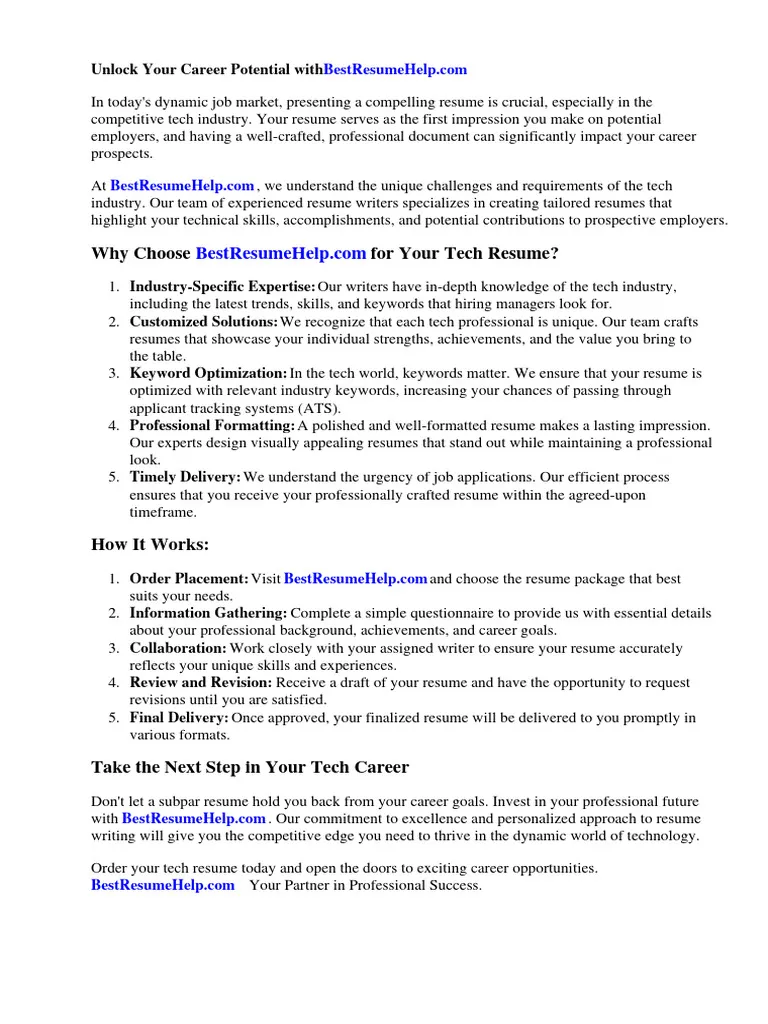The Importance of a Tech Cover Letter
In the competitive world of technology, a well-crafted cover letter is your secret weapon. It’s more than just a formality; it’s your first impression, a chance to showcase your personality and skills beyond the confines of your resume. A strong cover letter can significantly increase your chances of landing an interview and ultimately, the job. In a field where technical skills are paramount, a cover letter allows you to demonstrate your communication abilities, critical for collaborating with teams and presenting complex ideas. It provides context to your resume, helping recruiters understand your career trajectory, motivations, and how you align with the company’s values and goals.
Why a Cover Letter Matters in Tech
Tech companies often receive hundreds, if not thousands, of applications for each open position. A cover letter helps you stand out from the crowd. It’s your opportunity to tell a story, to connect your skills and experiences directly to the specific requirements of the job. It shows that you’ve taken the time to research the company and understand their needs, demonstrating genuine interest. Furthermore, it allows you to address any potential gaps in your resume, such as a career change or a period of unemployment, providing context and reassurance to the hiring manager. A well-written cover letter showcases your attention to detail, an essential quality in any tech role, from software development to data analysis.
How Cover Letters Help You Stand Out

Your resume presents the ‘what’ – your skills, experience, and qualifications. Your cover letter explains the ‘why’ – why you’re interested in this specific role, why you’re a good fit, and why the company should hire you. It’s your chance to inject personality into your application. A personalized cover letter that clearly articulates your understanding of the company’s mission and the challenges they face is a powerful tool. By highlighting relevant projects, achievements, and skills, you can demonstrate your ability to contribute to the company’s success. In essence, a cover letter allows you to transform a list of accomplishments into a compelling narrative that resonates with the hiring manager.
Key Components of a Winning Tech Cover Letter
Your Contact Information and Salutation
Start with your name, address, phone number, and professional email address. Make sure the email address is professional and appropriate for job applications. Then, address the hiring manager by name if possible – research the company’s website or LinkedIn to find the correct person. If you can’t find a specific name, use a generic but professional salutation like “Dear Hiring Manager” or “Dear [Department Name] Team.” Avoid outdated salutations like “To Whom It May Concern.”
Crafting a Compelling Opening
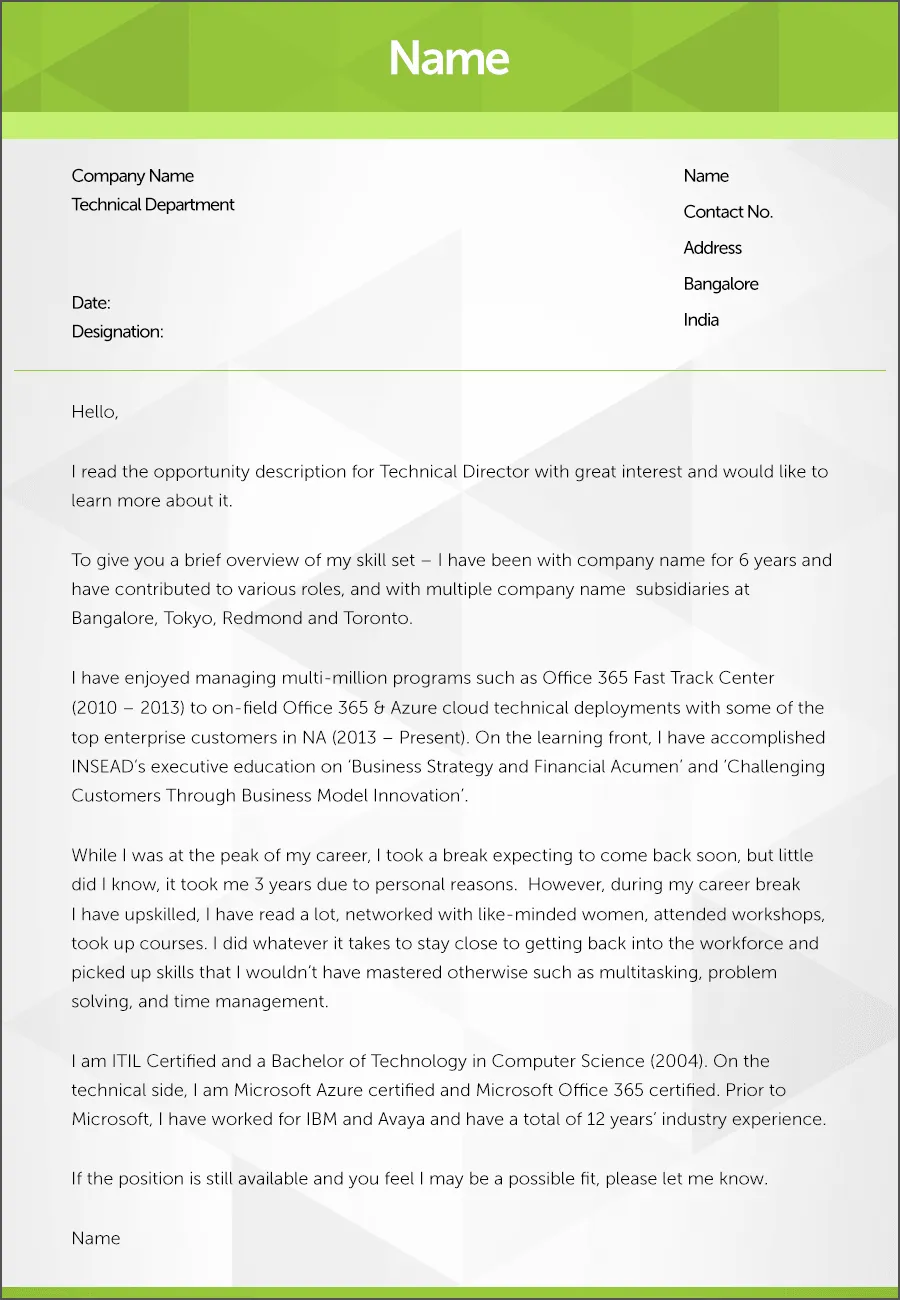
Your opening paragraph should grab the reader’s attention. Start with a statement of why you’re writing – clearly state the position you’re applying for and where you saw the job posting. Briefly mention something that sparked your interest in the company or the role. Consider mentioning a specific project or accomplishment that directly relates to the job requirements. Avoid generic opening lines like “I am writing to express my interest…” Instead, aim for something that showcases your enthusiasm and demonstrates your understanding of the company’s needs. For example, ‘I was excited to see the Software Engineer position at [Company Name], as I’ve been following your innovative work in [specific area] for some time.’
Highlighting Relevant Skills and Experience
This is the core of your cover letter. Carefully review the job description and identify the key skills and experiences the company is looking for. Then, provide specific examples from your past experiences that demonstrate those skills. Use action verbs to describe your accomplishments. Instead of just stating your responsibilities, focus on the results you achieved. For instance, instead of saying “Managed a team,” say “Led a team of five developers to successfully launch a new mobile application, resulting in a 20% increase in user engagement.” Match your skills and experience to the job requirements.
Quantifying Achievements with Numbers
Whenever possible, quantify your achievements to make them more impactful. Use numbers to illustrate your success. For example, instead of “Improved website performance,” write “Improved website performance by 30% resulting in a 15% increase in conversions.” Quantifiable results show the impact you had in your previous roles. By adding numbers you add more value to your achievements. This not only highlights your abilities but also provides concrete evidence of your value to a potential employer.
Showcasing Your Technical Prowess

For tech jobs, it’s crucial to showcase your technical skills. Mention the programming languages, tools, and technologies you’re proficient in. Provide specific examples of projects where you used these skills. If you have a portfolio or a GitHub profile, be sure to mention it and include a link. Demonstrate a deep understanding of the technical aspects of the job. Highlight any relevant certifications, courses, or specializations. This helps you demonstrate that you have both the technical skills and hands-on experience.
Demonstrating Your Understanding of the Company
Research the company thoroughly. Understand their mission, values, products, and services. Show that you understand the company’s challenges and how your skills can help them. Mention specific projects, initiatives, or goals of the company that resonate with you. This demonstrates genuine interest and a proactive approach. Referring to specific projects or recent company news shows that you’ve done your homework and are genuinely interested in the role.
Expressing Enthusiasm and Professionalism
Let your personality shine through while maintaining a professional tone. Express your enthusiasm for the role and the company. Use positive language and show that you’re excited about the opportunity. Make sure your cover letter reflects your professional brand. A professional cover letter shows the potential employer that you have good communication skills and are passionate about working for them.
Formatting and Proofreading Your Cover Letter
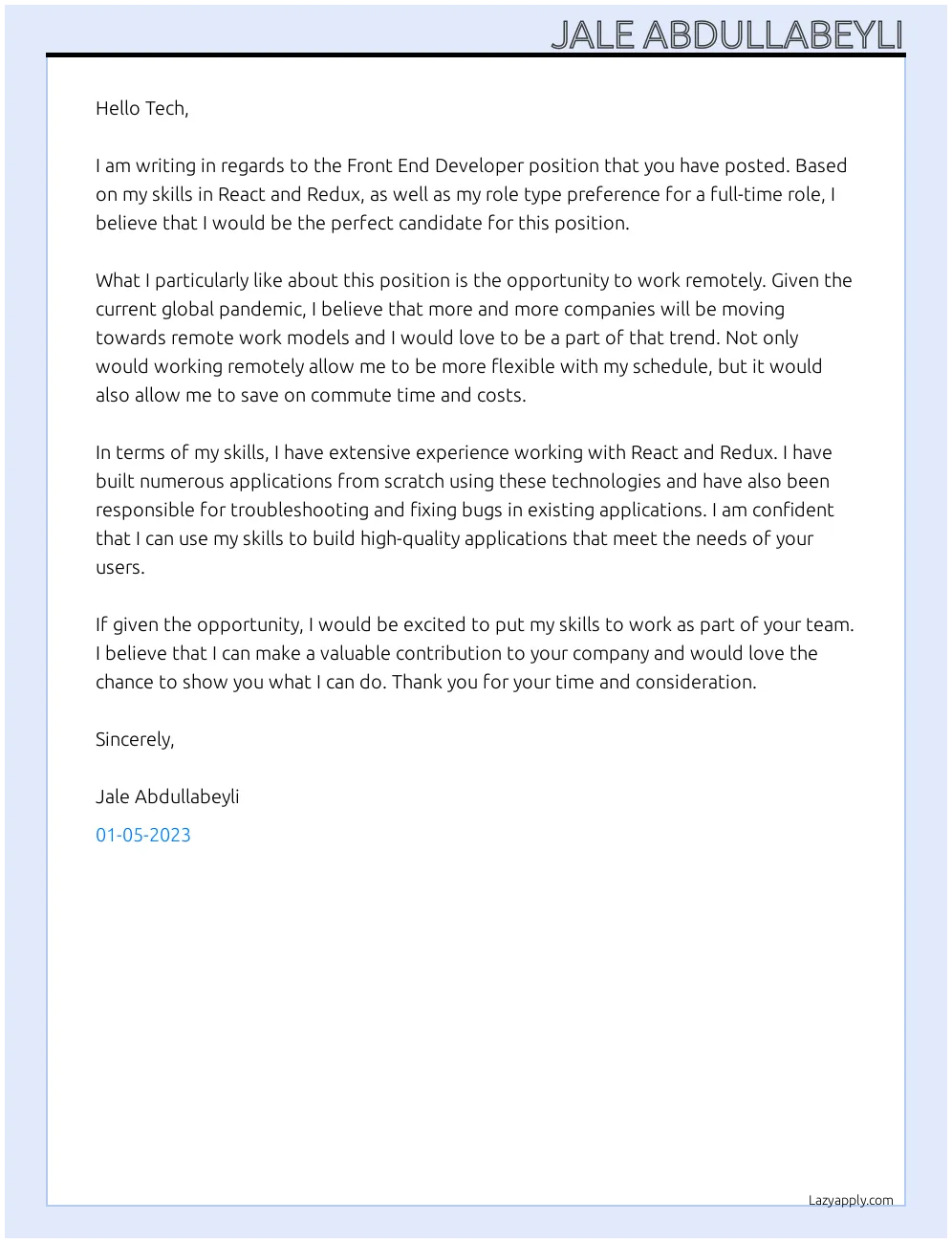
Choosing the Right Font and Layout
Choose a clean, easy-to-read font like Arial, Calibri, or Times New Roman. Use a font size between 10 and 12 points. Maintain a professional layout with consistent margins and spacing. Use clear headings and bullet points to break up large blocks of text and make your cover letter easy to scan. Ensure your letter is visually appealing and easy to navigate. A well-formatted letter is more inviting to read and demonstrates attention to detail.
Proofreading for Grammar and Spelling Errors
Proofread your cover letter carefully for any grammatical errors, spelling mistakes, or typos. Ask a friend or colleague to review your letter for you. Errors can undermine your credibility and make you look unprofessional. Use a grammar checker and spell checker, but don’t rely on them completely. Always read through your letter multiple times, slowly, to catch any mistakes. A perfect cover letter demonstrates your professionalism and attention to detail.
Tailoring Your Cover Letter to Each Job
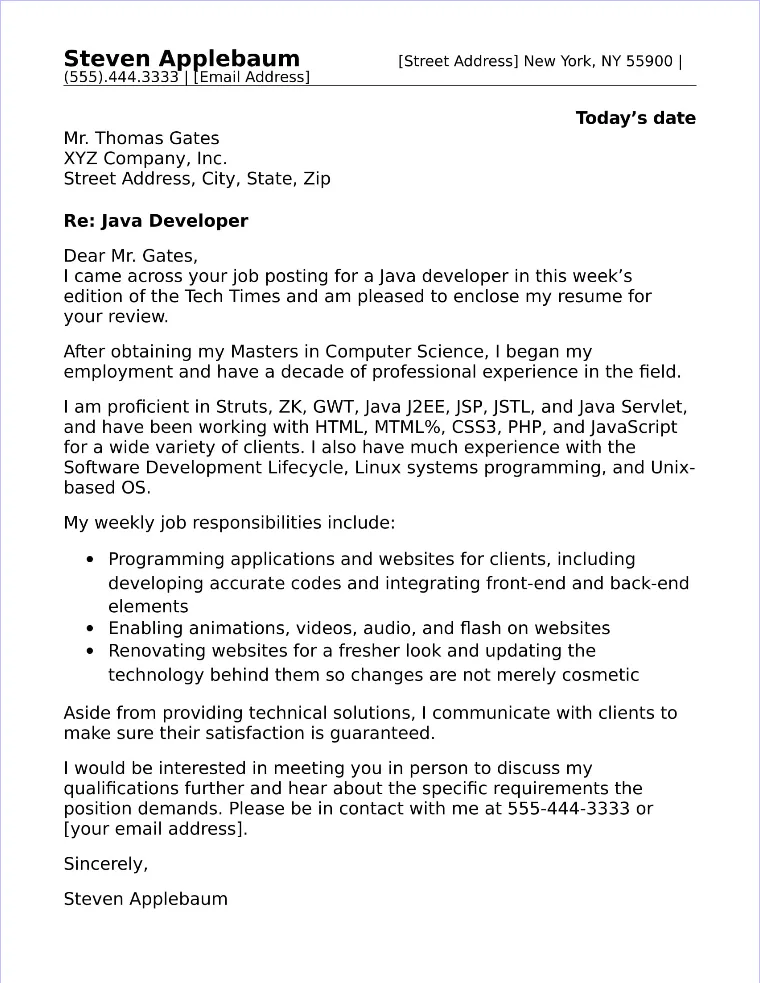
Researching the Company and Role
Before writing your cover letter, research the company and the specific role. Understand the company’s culture, values, and recent projects. Read the job description carefully, paying attention to the required skills and qualifications. Understand the company’s needs and challenges to tailor your cover letter effectively. Knowing the company will help you show the hiring manager that you are a good fit.
Customizing Your Letter Based on the Job Description
Don’t use a generic cover letter. Customize your letter for each job you apply for. Tailor your content to match the specific requirements and keywords in the job description. Highlight the skills and experiences that are most relevant to the role. Show how your qualifications align with the company’s needs. This demonstrates that you’ve taken the time to understand the role and are genuinely interested in the opportunity.
Common Mistakes to Avoid in Your Tech Cover Letter
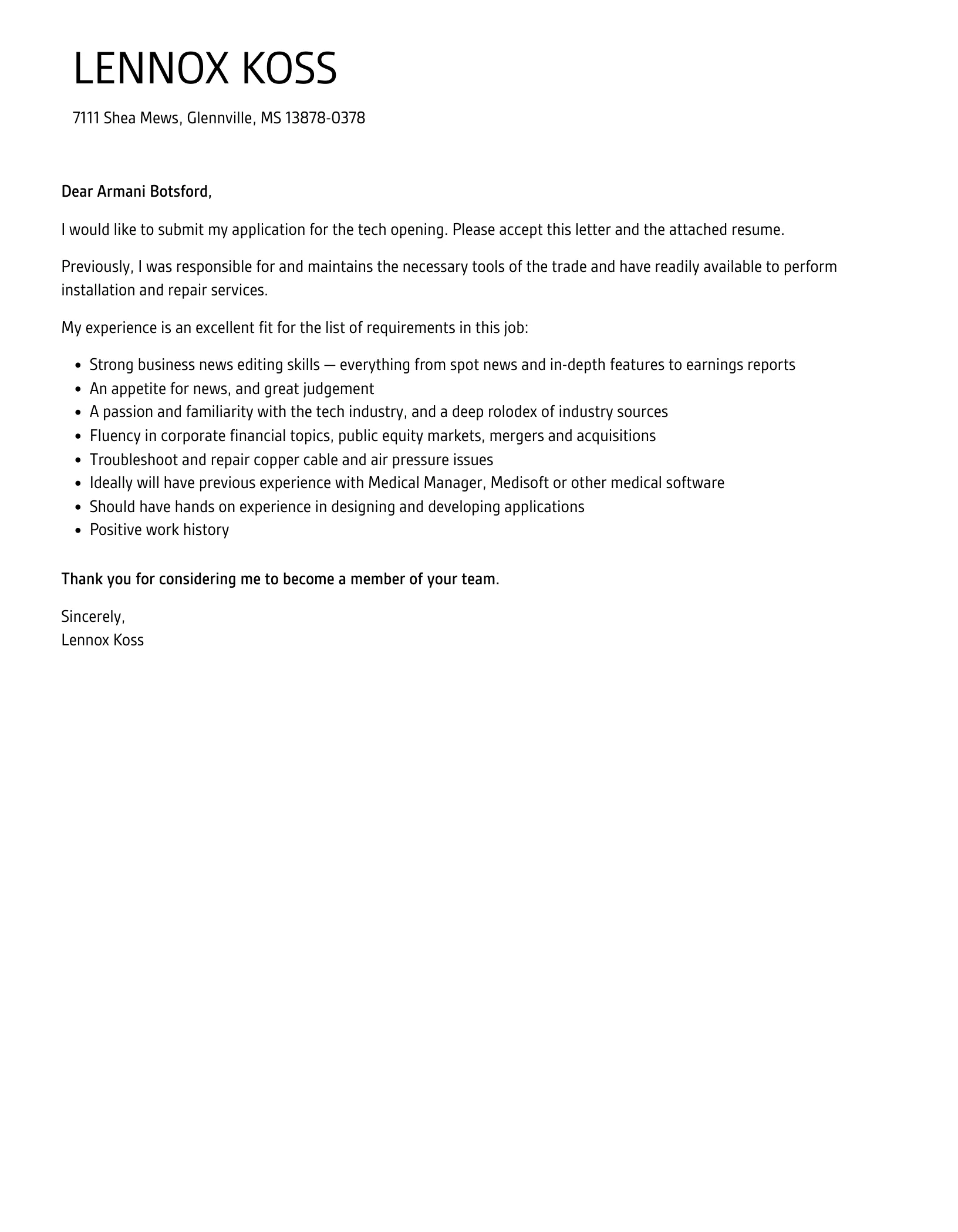
Generic Cover Letters
Avoid sending generic cover letters that could be sent to any company. Show that you’ve researched the company and understand their needs. Generic cover letters show a lack of effort and a lack of genuine interest. Take the time to personalize your cover letter to each company and role you apply for.
Focusing Too Much on Responsibilities
Focus on your accomplishments and the results you achieved, rather than just listing your responsibilities. Use action verbs and quantify your achievements with numbers. The hiring manager wants to know what you did and how you made a difference. Focus on the impact of your work and use data whenever possible to support your claims. Avoid just listing responsibilities; instead, show what you achieved.
Ignoring the Company’s Needs
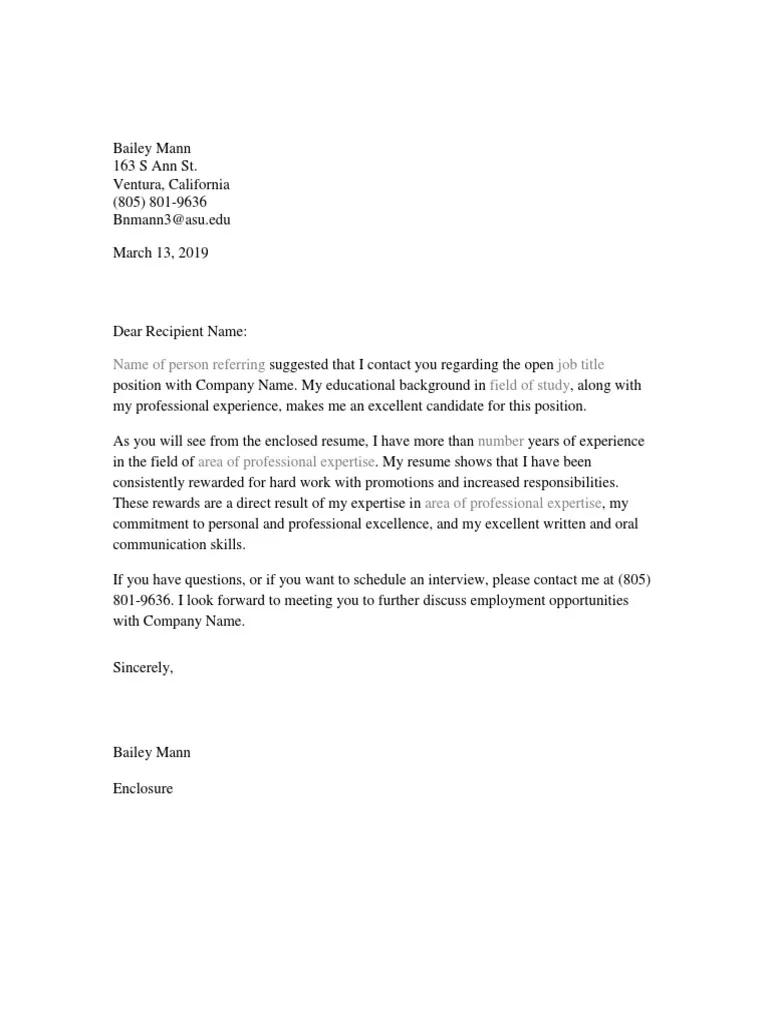
Don’t make your cover letter all about you; show how you can help the company. Research the company’s goals and challenges and demonstrate how your skills and experience align with their needs. The cover letter should demonstrate the value you can bring to the company. Show how your skills and experience will benefit the company, not just how the job will benefit you.
The Power of a Strong Closing
Expressing Your Interest and Next Steps
Reiterate your interest in the role and the company. State that you are eager to learn more and discuss your qualifications further. Clearly state your availability for an interview. Make it clear that you’re enthusiastic about the opportunity and ready to take the next step.
Thanking the Recruiter for Their Time
Thank the recruiter or hiring manager for their time and consideration. Express your appreciation for the opportunity to apply. Close with a professional closing, such as “Sincerely” or “Best regards,” followed by your name. A professional and polite closing leaves a positive final impression. It shows respect and gratitude.
